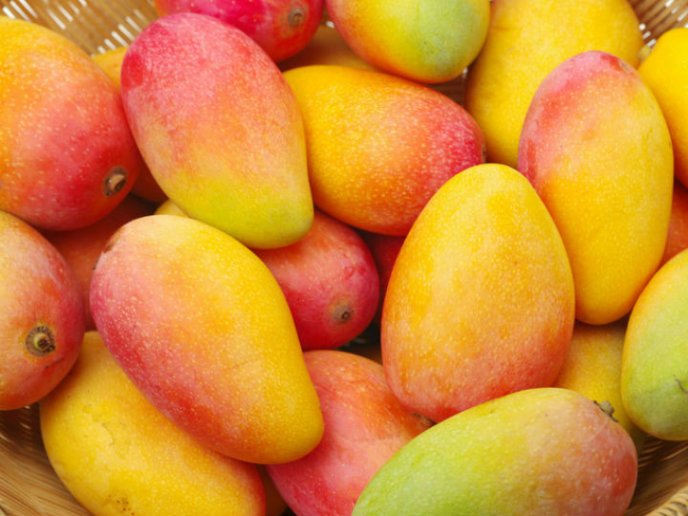
From a technical point of view, the forecast for the agriculture is not at all encouraging for the coming months and among the causes are attributed to climatological factors such as El Niño phenomenon which has affected, for example, mango production in the north and another factor is the technical management of production.
“There are many crops affected and measures have to be taken in the face of what is coming again with the climate issue,” said Luis José Montgomery, agronomist, representative of Agro Club.
According to what he indicated, the adverse weather factors that we have been going through for a few months have caused a prolonged warm anomaly that, as it intensifies in duration and intensity, is being classified as an El Niño phenomenon and was the Cyclone Yaku the one that triggered the Kelvin waves to arrive faster and hasten the start of this anomaly.
“The crops in the north of country They have been affected by excess moisture in the soil and these weather conditions interfere with the increase in pests and diseases on crops, this is the case of mango, lemon, among others. Another effect of a warm anomaly occurs in the months of April to October, in that dry season of the country, where there was more heat, it focuses on an increase in night temperature with 4 degrees above normal, this generates stress in the cropsbecause they need low temperatures to process the sugars of the day through photosynthesis, the El Niño phenomenon has impacted this season of the year called autumn and this has affected the vast majority of crops such as avocado, blueberry, grapes, among others. who have had complications,” the expert explained.
“There is a component that is the management of the crops that has contributed to the worse, adding more problems. For example, last year’s mango campaign has had high productivitythe avocado at the country level there was an increase in productivity, when you have fields of high productivity, the lakes expand outside the normal season, an additional week to 20 days is enough, that volume of fruit that remain in the trees, contributes to more wear and tear and if the heat generated is added it is even worse,” he concluded.
Source: Larepublica
Alia is a professional author and journalist, working at 247 news agency. She writes on various topics from economy news to general interest pieces, providing readers with relevant and informative content. With years of experience, she brings a unique perspective and in-depth analysis to her work.












